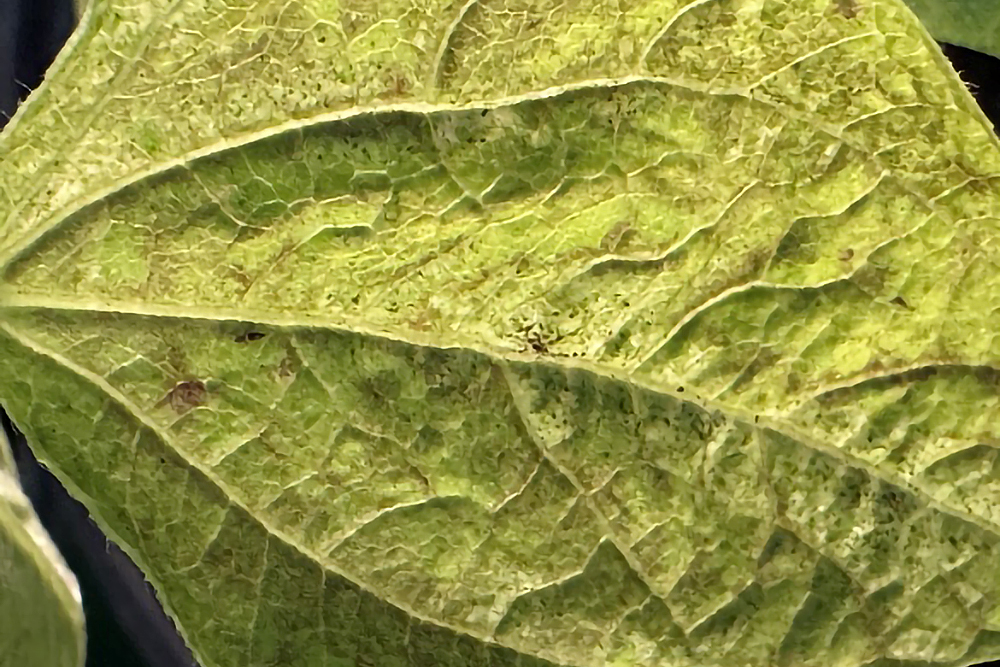The terrain of Brazil and Argentina may hold the secret to fire ant problems in
Georgia, says a University of Georgia
scientist. Ken Ross is going there next week
to find out.
"We’ll actually be collecting fire ants," said Ross, an entomology professor
with the UGA College of Agricultural
and Environmental Sciences. "One of the primary emphases of the research is to
straighten out the taxonomy of the fire ants."
In other words, Ross is trying to find out just how many species of fire ants there are
and exactly where they live.
"A new species has been introduced here," Ross said. "And we’re trying
to pinpoint where it came from. We’re trying to determine just how many species there are
down there."
Ross will spend a month traveling from the foothills of the Andes to the Atlantic Ocean
looking for the fiery pests.
"We need to collect samples of fire ants from a wide range of where they occur in
South America," Ross said. "We’ll be looking at the morphology — the external
characteristics like the length of the leg or the shape of the head that will distinguish
one species from another. We will also be looking at the genetic makeup, because you can
often get more information."
Many fire ant species look so much alike that scientists must rely on new genetic
testing to see if they’re the same species or a new breed.
"It’s also very important to do this kind of on-site study," Ross said.
"If you determine where in the native range this species comes from, you can answer
many questions."
Understanding the ecology of the fire ants’ natural habitat may reveal the secret to
controlling the species.
"We can find out what they’re doing here and how they may have gotten here. And we
can search for natural enemies," Ross said.
"We need to know where to look in the native range to attempt to find new natural
enemies of the ants," he said. "We can introduce those enemies here in the
United States to bring the population under control without having to use chemicals."
Ross will travel throughout southern Brazil and northern Argentina east of the Andes.
Fire ants aren’t found in the mountains or in the area west of them.
"We know there are 20 or so described species," he said. "And we suspect
there are others that you can’t tell apart by their external characteristics. We suspect
when we look at the genetics we will find more species. They look and behave alike. So
it’s hard to tell them apart."
The research is funded by the National
Science Foundation and the National Geographic Society. "National Geographic supports all
sorts of biological projects that include a geographical component," Ross said.
He said funding was also available because the fire ant is such a well-known, prevalent
U.S. pest.
"We have also learned a lot about the social aspects and the native
populations," he said. "We can’t continue these in-depth studies of the social
behaviors until we go to the native land. We can’t identify the species without going
there."
By 1994, fire ant populations were in 156 of Georgia’s 159 counties. On average,
Georgia households spend $34 million each year trying to kill fire ants. The fiery
stingers are mainly nuisance pests. But they’re a threat to young children.
If Ross’s research turns up the biological control agents he’s looking for, he may find
a cost-effective, environmentally sound way to offer relief from the annual sting of fire
ant control.




